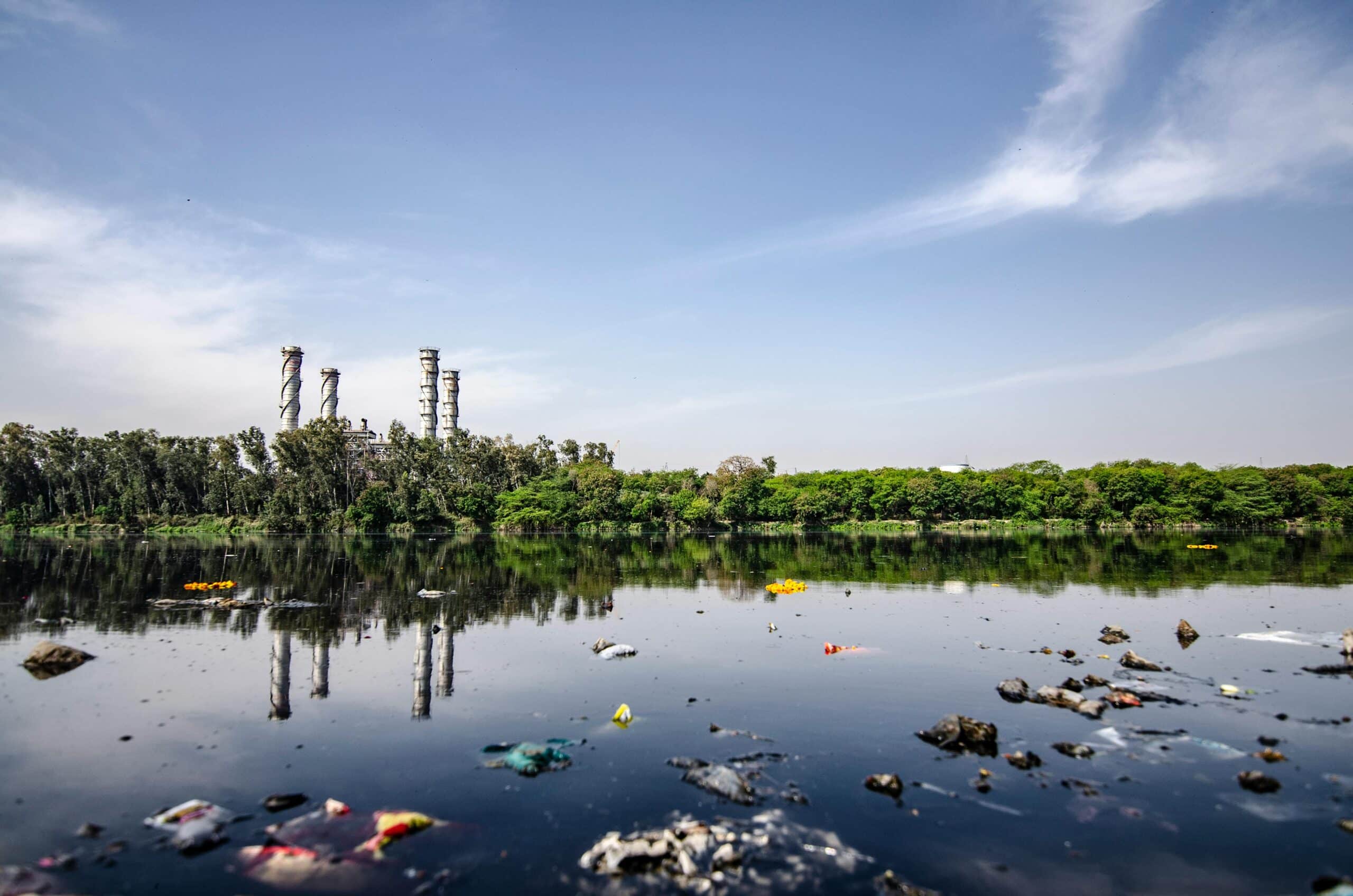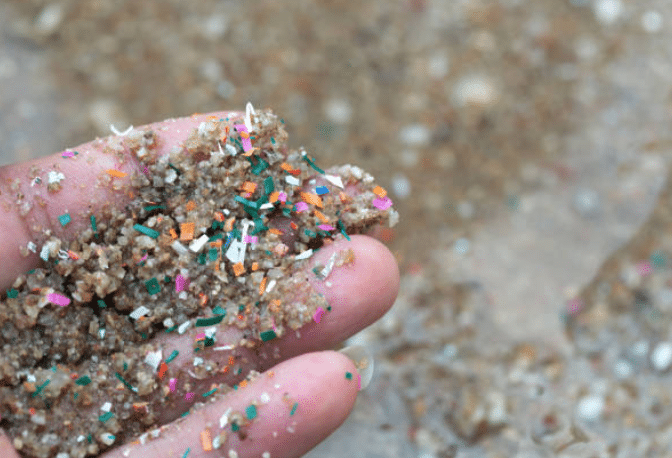As a tribute to our planet, the World Water Day aims to raise awareness of the need to use water wisely and to preserve it. At the heart of environmental issues lies a silent but formidable enemy: microplastics. These tiny particles, generally less than 5 millimeters in diameter, are released from textiles, particularly clothing, during production, use and washing, making their way into waterways and, ultimately, significantly impacting our ecosystem.
Where do microplastics come from?
Synthetic fibers such as polyester, nylon and acrylic are the most popular in our modern wardrobe! Each time these materials are washed, thousands of plastic microfibers are released into the water, contributing to an increasingly serious environmental problem. But synthetic fibers aren’t the only culprits. Finishes and coatings applied for properties such as waterproofing, and even accessories such as buttons and zippers, can also release microplastics when they deteriorate.
Why do we have to care?
The persistence of plastics in the environment is alarming. Non-biodegradable, they accumulate and release toxins, deteriorating water quality and affecting the health of our planet for centuries to come. Marine fauna, in particular, ingest these particles, which can lead to lesions, hormonal disruption and, in extreme cases, death. These microplastics don’t stop there; we come into contact with them on a daily basis, as they make their way up the food chain, posing an irreversible risk to human health.
Disposing of microplastics once dispersed in the environment is a Herculean task, largely due to their minuscule size. What’s more, these particles have the capacity to absorb and transport persistent organic pollutants, increasing their potential to cause harm.
Faced with these challenges, the fashion industry is striving to adopt more sustainable practices. The use of biodegradable materials and the development of innovative washing technologies aim to reduce the environmental footprint of garments and minimize pollution by microplastics.
“Recycling is not a solution for synthetic fibers, since they release microplastics during processing. We must never forget that plastic is a toxic material throughout its life cycle”.
Rosalie Mann, Founder of No More Plastic
What can be done about it?
As consumers, we obviously have a role to play, even if fashion companies are the producers of this type of contaminated product. By choosing responsible brands, adopting washing habits that minimize the release of microfibers, and supporting innovation in sustainable fashion, we can all help protect our environment.
If fashion reflects the times, it’s time it reflected our commitment to a greener future.





